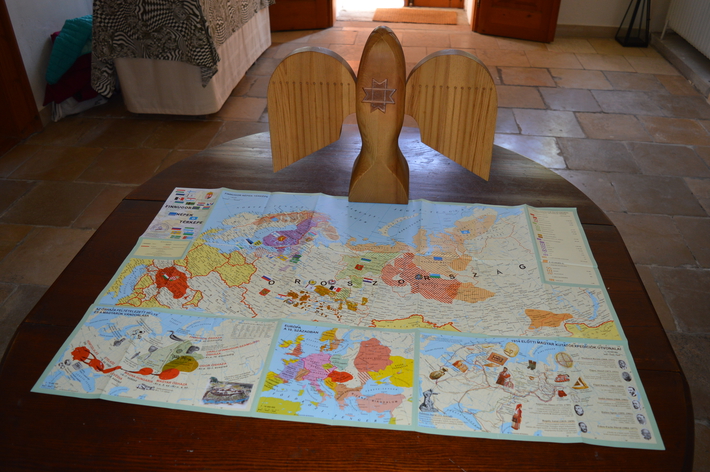On 31th of May the Finno-Ugric Capital of Culture 2017 competition had been closed. Now the Finno-Ugric Capitals of Culture Programme Bureau officially announces that three different municipalities applied for the title. “We’ve got two materials from Finland and one from Russia. We warmly welcome the Finnish town Kuhmo and Sippola, plus the Karelian Vuokkiniemi” – said Peter Aranyi, the head of the Finno-Ugric Capitals of Culture Programme Bureau. He added: according to the selection procedure these three municipalities can participate automatically in the final round in Helsinki, on 5th of August.
According the selection procedure the international jury should have named the three best candidates, who could participate in the final round, but facing the fact that this year the three municipalities have been applied means that they can go automatically. “Even so we can expect a very hard competition, because the applications represent high level of work” – noted Peter Aranyi. The next winner could be the fifth Finno-Ugric Capital of Culture in line. Besides the next title holder will come from a region, where wasn’t Finno-Ugric Capital of Culture, yet.

These three candidates will get a chance to introduce their own applications personally in 5th of August, in Helsinki, in the Hungarian Balassi Institute. About the winner an international jury will decide according the applications and the presentations in the same day, in the Finnish capital. The decision-making body consists the current president of MAFUN, Käbi Suvi; communication director of Obinitsa, Annela Laaneots (Estonia); the former president of MAFUN, Sveta Kolchurina (Russia) and the nenets folk researcher of the University of Helsinki, Karina Lukin dr. (Finland). The project coordinator of Iszkaszentgyörgy, Daniel Waliduda and the professor emeritus of the Pannonian University, Zsolt Lengyel is also seated in the jury.
Finno-Ugric Capitals of Culture is an initiative of MAFUN – Youth Association of Finno-Ugric Peoples – with the objectives to strengthen common identity of kindred Finno-Ugric and Samoyedic peoples, to raise awareness of Finno-Ugric and Samoyedic peoples and languages and the Uralic language family, and to stimulate cultural, economic and civil development on a local level. First-ever Finno-Ugric Capital of Culture was Udmurtian village Bygy in 2014. It was followed in 2015 by Seto village, Obinitsa and this year the Hungarian village, Iszkaszentgyörgy, plus the chief town, Veszprém can wear the title Finno-Ugric Capital of Culture 2016. Both municipalities are situated in Hungary, in the “Region of the Kings”.
Write first comment